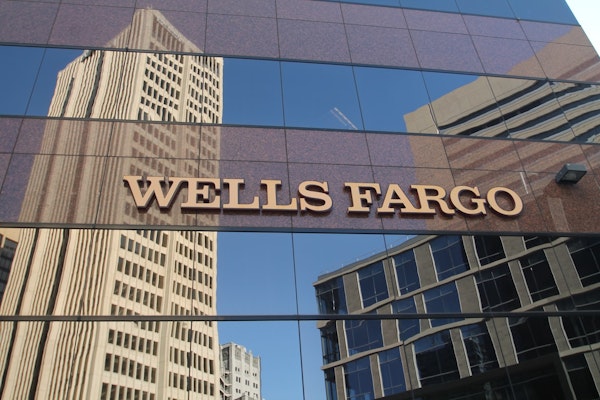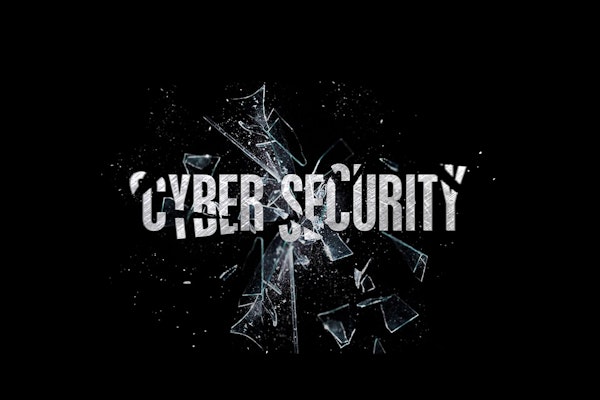
The Use of Apps to Stage Car Accidents
Insurance fraud is anything but a new concern for insurance companies and counsel. A simple online search reveals a litany of articles, investigations and reports of scams and schemes developed by would-be plaintiffs to secure damages based on accidents that were not accidental and injuries that were never sustained.
September 16, 2022
Fraud
Technology

New Tactics to Watch in Workers’ Comp Fraud Investigations
Workers’ compensation fraud takes three main forms -- claim fraud, premium fraud and provider fraud -- and the effects on honest employers and employees can be devastating. New analysis from the Coalition Against Insurance Fraud found the combined fraud burden for the workers’ comp line weighs in at $32 billion per year.
September 9, 2022
Fraud
Workers' Compensation

OSHA Orders Wells Fargo to Pay Fired Whistleblower $22M+
The U.S. Department of Labor’s Occupational Safety and Health Administration ordered Wells Fargo & Co. to pay more than $22 million to a former executive whom the bank allegedly fired for reporting financial misconduct, the agency said Thursday.
September 2, 2022
Fraud

Scams and Viruses: Which Email Attachments Are Safe to Open?
Email scams and viruses are nothing new -- threats like phishing emails and malware have been around since the days when services like AOL still dominated the internet and email landscape.
August 30, 2022
Fraud

The Soaring Cost of Insurance Fraud
While we all know that insurance fraud is a massive problem, we now know just how massive: more than $300 billion-a-year massive, just in the U.S. That figure comes from the Coalition Against Insurance Fraud, whose estimate would mean that fraud costs each person in the U.S. some $930 a year and the average family some $3,750.
August 30, 2022
Auto
Fraud
Life & Health
Property
Technology

Direct Repair Shop Owner Charged With Insurance Fraud
The owner of the Chalfont Collision Center faces third-degree felony charges for allegedly submitting nearly 300 false insurance claims over several years to four insurance companies and pocketing more than $426,000 in payouts.
August 26, 2022
Auto
Fraud
Pennsylvania

Former Adjusters’ Whistleblower Lawsuit Against State Farm Settled For $100M
State Farm Fire and Casualty Co. has agreed to pay the federal government $100 million for potential liability over its handling of flood insurance claims after Hurricane Katrina, settling a lawsuit that two whistleblowers filed against the company more than 16 years ago.
August 25, 2022
Catastrophe
Fraud
Liability
Litigation
Mississippi

A ’Nightmare Scenario’: Data-Tampering Attacks Are Hard To Detect, With Devastating Consequences
Imagine a cybersecurity catastrophe like this one: A pharmaceuticals maker suffers a data breach, but no data is stolen and no ransomware is deployed. Instead the attacker simply makes a change to some of the data in a clinical trial -- ultimately leading the company to release the wrong drug.
August 24, 2022
Fraud
Technology

Bamboozled By A Scammer, One Title Company Is On The Hook For Wire Fraud
When new homeowners close on a house, there is a need for the home’s title to switch to their names. Title agencies, such as ABL Title Insurance Agency, tend to have professional liability insurance policies to protect them in the event something is amiss.
August 23, 2022
Fraud
Risk Management

Court Rejects Insured’s Attempt To Cast Social Engineering Fraud As Computer Fraud
On August 12, 2022, the U.S. District Court for the District of Minnesota dismissed a policyholder’s complaint seeking a declaration that $600,000 in social engineering fraud loss fell within a crime policy’s computer fraud coverage.
August 18, 2022
Fraud
Litigation
Minnesota

Attorneys Flag Hundreds Of Fraudulent Claims In Miami Condo Collapse Settlement
The attorneys handling a $1.1 billion settlement for victims in the deadly collapse of a Miami condo say the settlement fund is inundated with fraudulent victims. A court filing written by Michael Goldberg, one of the attorneys in the case, identified 458 ‘presumptively fraudulent’ claimants out of 740 claims.
August 11, 2022
Fraud
Florida

Judge Rejects Part Of Boy Scouts’ Bankruptcy Related To Sex Abuse Claims
A Delaware bankruptcy judge has approved parts of the Boy Scouts of America’s reorganization plan but rejected other provisions, saying in a recent ruling that the organization has ‘decisions to make.’ One part Judge Laurie Selber Silverstein refused to approve was $250 million coming from The Church of Jesus Christ of Latter-day Saints to help settle claims alleging child sexual abuse by Scout leaders.
August 4, 2022
Fraud
Liability
Litigation
Delaware

Anti-Fraud Measures Don’t Work As Well As You Think
Faced with increasing competition, insurance providers are adding new products and offering better deals to take a slice of the $200 billion in revenue opportunity. Yet, providing an experience that meets the needs of today’s customers can prove challenging, especially when it comes to seamlessly authenticating customers.
July 26, 2022
Fraud

Do We Really Need Email? Did We Ever?
The human accomplishments that happened before the widespread use of email are numerous. To name just a few: Pizza was invented. Mozart wrote symphonies. People built spacecraft, flew them to the moon and walked on the lunar surface.
July 21, 2022
Fraud
Risk Management

Hackers Impersonate Cybersecurity Firms In Callback Phishing Attacks
Hackers are impersonating well-known cybersecurity companies, such as CrowdStrike, in callback phishing emails to gain initial access to corporate networks.
July 21, 2022
Fraud





